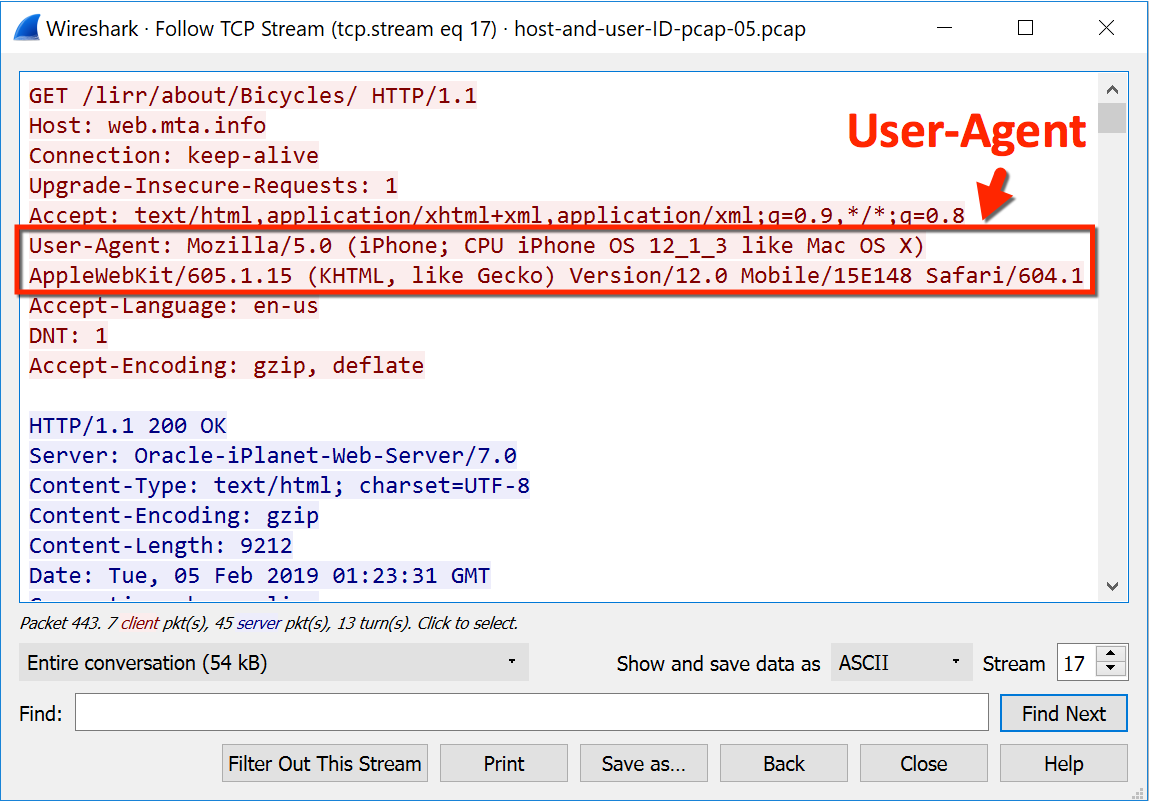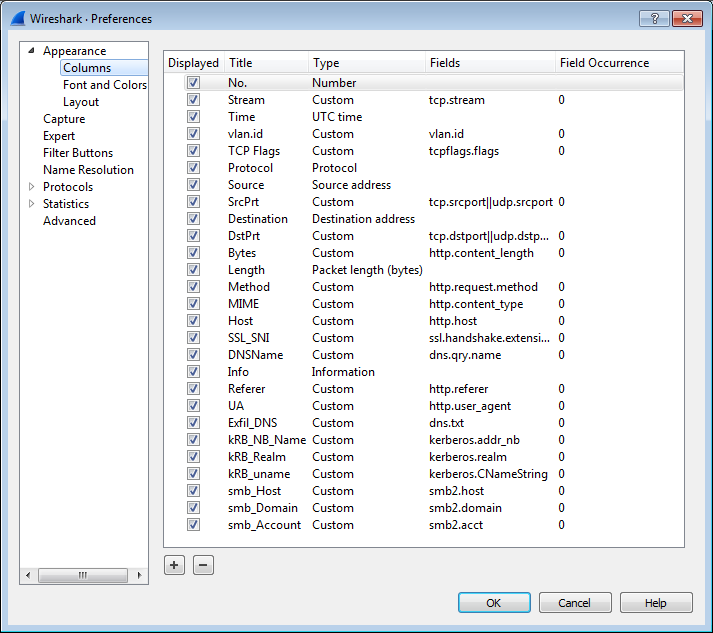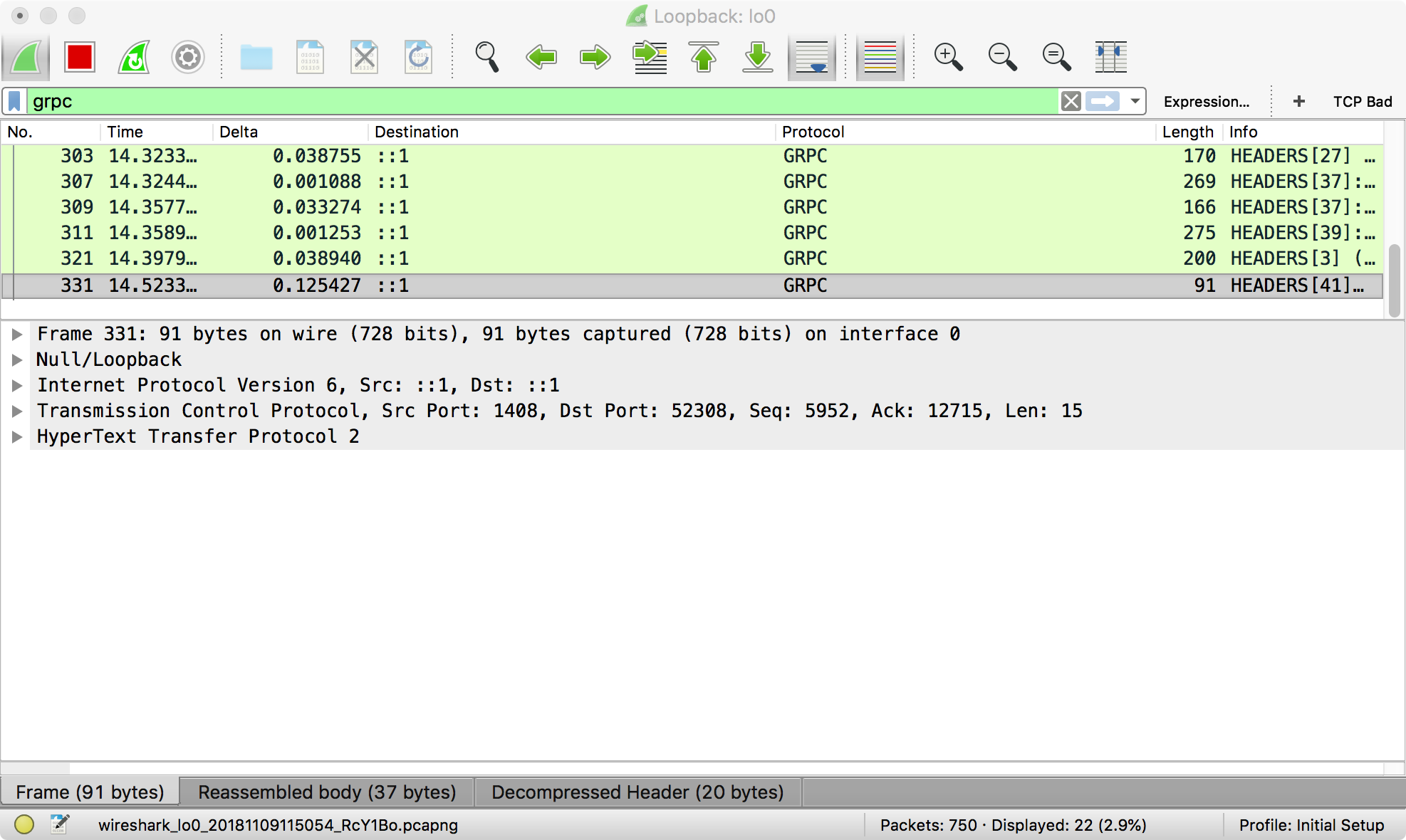

Only data matching both conditions will be displayed. For example, the filter ip.src = 192.168.1.1 and tcp will show only packets that originate from 192.168.1.1 and which are associated with the TCP protocol. Logical AND, data are output if they correspond to both parts of the filter. It is recommended to use brackets additionally, since otherwise you may not get the value you expect. Wireshark filter Logical operators allow you to create detailed filters using several conditions at once. When using c = (equal), this bug is missing. For example, to show TCP packets containing the string kalitut you need the following filter: If an inaccurate occurrence is sought (better suited for non-numeric values) then contains is used. Wireshark Filter Operatorsįilters can have different values, for example, it can be a string, a hexadecimal format, or a number. Remember that in any case you can substitute your data, for example, change the port number to any one of your interest, and also do the same with the IP address, MAC address, time value, etc. Some filters are written here in a general form, and some are made as concrete examples. Here I consider the display filters that are entered in the main window of the program in the top field immediately below the menu and icons of the main functions.

Remember that Wireshark has display filters and capture filters. Also here in the comments I suggest you share the running filters that you often use, as well as interesting finds – I will add them to this list. For novice users, this can be a bit of a Wireshark filter reference, a starting point for exploring. I collected the most interesting and most frequently used Wireshark filters for me. And there is a lot of documentation on these filters, which is not so easy to understand. In Wireshark just a huge number of various filters. wireshark filter to assess the quality of a network connection.And you have just located the password and username you have entered on the unprotected login page - whether or not the password and username are correct are irrelevant. Once you get there look in the red text paragraphs and try to find what I was able to locate in the picture. Then you will right click on it and go down to "FOLLOW" then to "TCP STREAM". You can see exactly what I am talking about if you follow the pictures above. Then at the far right of the packet in the info section you will see something like ".login" or "/login".

This drastically narrows the search and helps to slow down the traffic by minimizing what pops up on the screen. By filtering this you are now only looking at the post packet for HTTP. Wireshark comes with the option to filter packets. HTTP (Hyper Text Transfer Protocol) is the protocol we will be dealing with when looking for passwords. The second step to finding the packets that contain login information is to understand the protocol to look for.


 0 kommentar(er)
0 kommentar(er)
